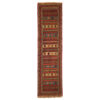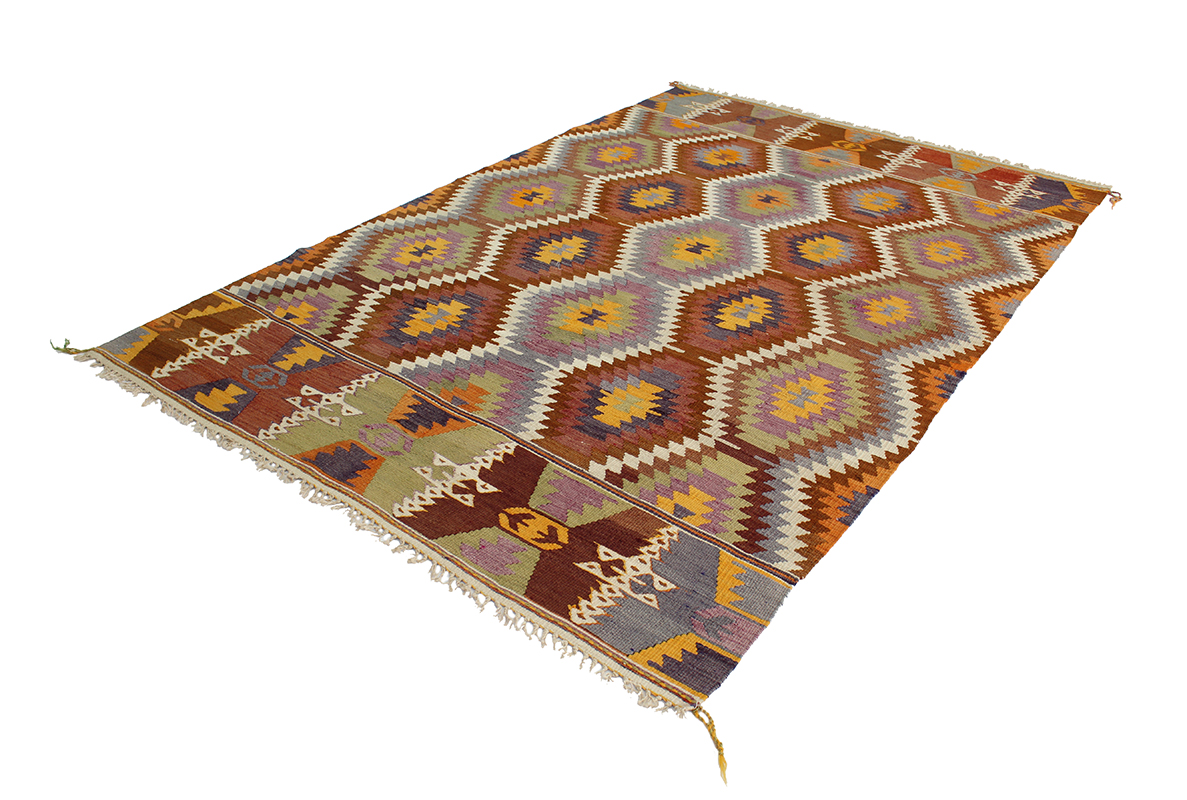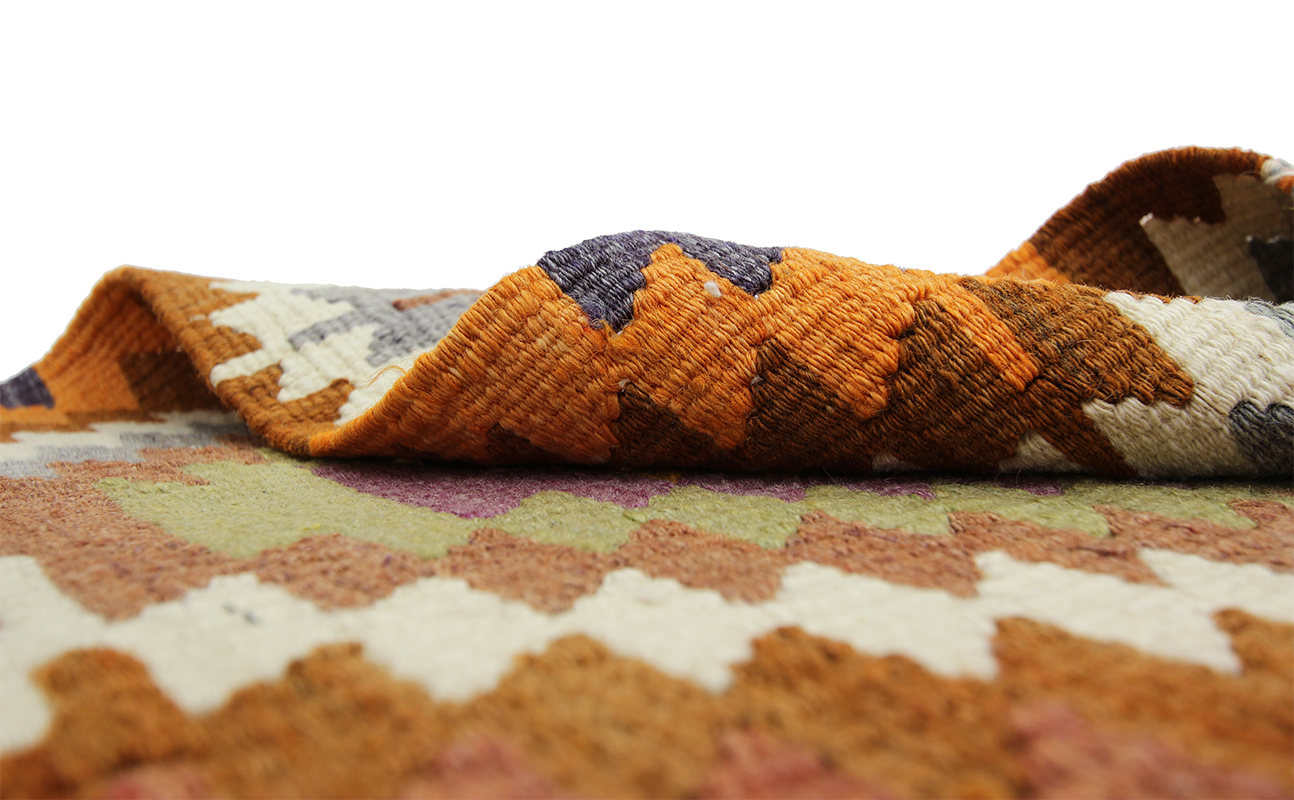750,00€
Manufacturing: Knotted by hand
Size: 245 X 162 cm.
Age: Approximately 30-40 year old
Origin: Turkey, Kilim from south of Anatolia
Weft: Wool
Warp: Wool
Thickness approx: 1-2 mm.
Natural dyeing.
The colors in the carpet will be perceived differently depending on the angle you view it from.
Delivery time: Spain approximately 2-5 days, Europe 5-7 days, other continents 7-10 days.
Out of stock


 Español
Español










Reviews
There are no reviews yet.